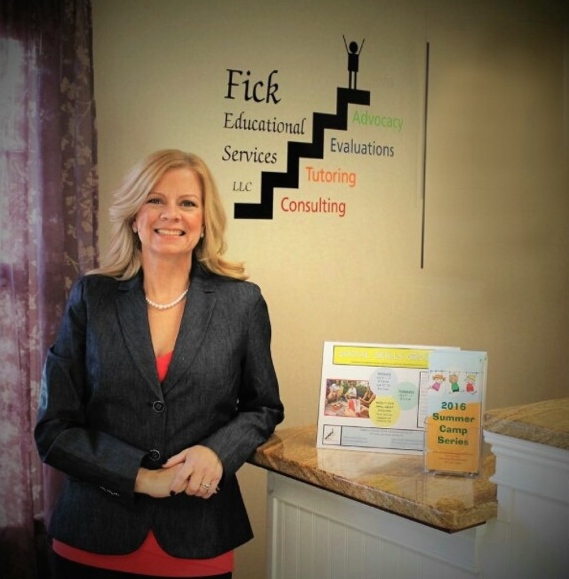It’s important for students with IEPs to feel included in the classroom and beyond. Inclusion for students with IEPs is more than just a physical environment, and is not something they have to earn. Inclusion begins at school, and should continue well beyond. Inclusion for students with IEPs should be implemented in their daily routine: social skills, extracurriculars, etc.
Inclusion is something that all students with Individual Education Plans to experience, and it’s important to know how. As the parent and advocate, knowing the ways to make your child feel included, both in and out of school, will greatly benefit them in the long run!
One way to ensure this is by highlighting the child’s strengths. Having the child immersed in what they know best will further their academic success, and make for a highly inclusive environment.
Another way to ensure inclusion is by making it individualized based on your student. The tools to help one student feel included may not work for another. Striking a balance of what helps and hinders your student when it comes to their IEP is invaluable.
It also helps to understand what stresses out the student the most, and how to avoid it. If the child feels too out of their comfort zone, it may hinder their ability to connect with other students. Their connection to others is what helps them feel comfortable in their environment.
Finding what brings the student joy is equally important in their inclusion. It’s imperative for students to feel joy, create momentum and small wins as part of their inclusive experience. In doing so, children will learn how to build strong connections with others and trusting relationships.
These are merely some of the ways to ensure your child’s inclusion when navigating an IEP. Incorporating these tools into the inclusive experience will greatly benefit you and your child, and make for a happier and healthier learning environment.
Photo by Miguel Á. Padriñán from Pexels: https://www.pexels.com/photo/yellow-pencil-color-in-clear-glass-case-230514/

 Fick Educational Services is devoted to the educational needs of the children through individualized learning plans, tutoring and advocacy.
Fick Educational Services is devoted to the educational needs of the children through individualized learning plans, tutoring and advocacy.

